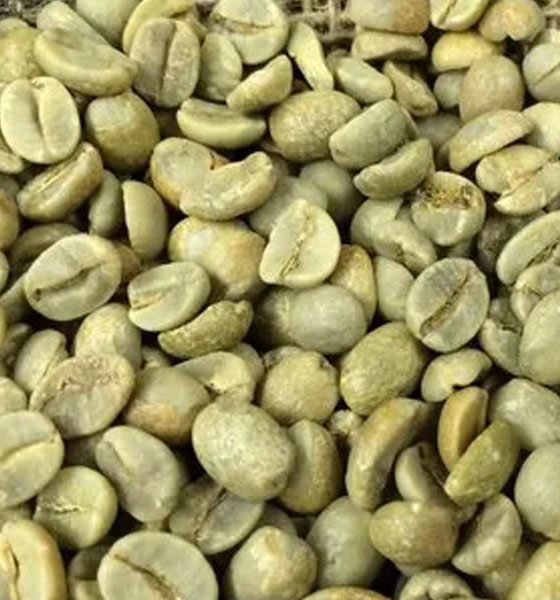
Robusta Coffee
Robusta coffee, known for its bold flavor and higher caffeine content compared to Arabica, is often categorized into different grades based on various factors, including size, quality, and appearance. Here’s an overview of the common grading system for Robusta coffee:
1. Screen Size:
Robusta coffee beans are classified based on their size, measured in 1/64th inch increments by passing the beans through screens with specific hole sizes.
- Screen 12 and Below: Smaller beans, often used in lower-grade Robusta coffees.
- Screen 13-14: Medium-sized beans.
- Screen 15 and Above: Larger beans, considered higher quality.
2. Grade Designations:
Robusta coffee is often further classified into grades denoted by letter codes.
- AAA (Triple A): Represents the highest grade, indicating large beans with minimal defects and a superior cup profile.
- AA (Double A): High-quality beans, slightly smaller than AAA, with fewer defects and a distinctive flavor profile.
- AB: Beans of good quality, with a balance between size and cup characteristics.
3. Cupping Characteristics:
Each grade of Robusta coffee has distinct cupping characteristics, including flavor, aroma, and acidity.
Higher-grade Robusta coffees are often associated with a smoother, less bitter taste and more complex flavor notes.
4. Defects:
The grading process considers the presence of defects, such as broken or discolored beans.
Higher-grade Robusta coffees typically have fewer defects, contributing to a cleaner cup.
5. Geographical Origin:
The geographical origin of Robusta beans can influence their flavor profile.
Robusta is grown in various regions globally, each contributing unique characteristics to the coffee.
6. Usage:
Different grades of Robusta coffee may be preferred for specific purposes.
For example, lower-grade beans may be used in instant coffee production, while higher-grade beans are sought after for specialty blends.